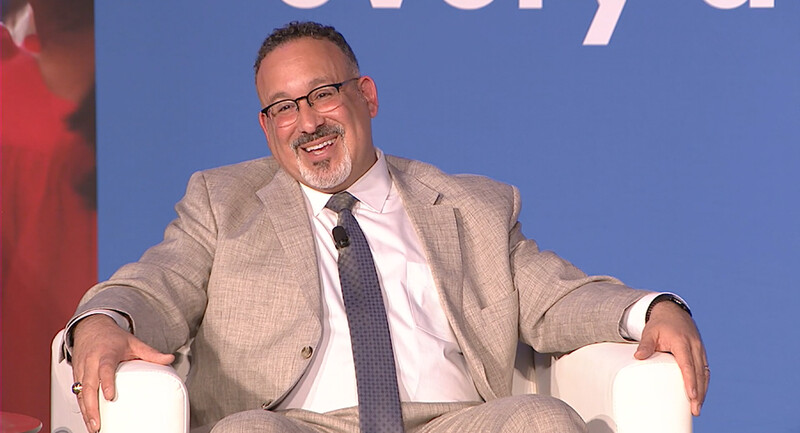Forget the ongoing drama surrounding the Biden administration’s Build Back Better plan and the seemingly endless cliffhanger question of will he (Sen. Joe Manchin) or won’t she (Sen. Kyrsten Sinema) vote for it. That Capitol soap opera is so 2021 . . . . No, the real, immediate storyline for education advocates to focus on is the fate of the FY22 education appropriations.
In its FY22 budget, the White House proposed historically large funding increases for Title I and special education, the mainstays of federal K–12 education spending. The administration requested a whopping $20 billion (+116%) increase for Title I and a $2.6 billion (20%) increase for IDEA state grants. In July, the House passed a spending bill with almost those exact funding levels and, for good measure, increased funding for Title II professional development (+$150 million), English language acquisition (+$203 million), community learning centers (+$100 million), and community schools (+$413 million).
This fall, a Senate subcommittee proposed a spending plan that would provide more modest but still enormous increases for K–12 programs, notably Title I (+$16 billion), IDEA (+$2.6 billion), Title II (+$100 million), and community learning centers (+$50 million).
Because the federal fiscal year began on October 1 without an approved FY22 spending plan, Congress has had to enact a series of “Continuing Resolutions” (CRs) that keep government programs funded at FY21 levels until a final bill can be enacted. The current CR lasts until February 18, giving Congress a little less than a month to reconcile and finalize the FY22 budget.
Obviously, the magnitude of the pending budget increase makes it imperative that a FY22 spending bill be enacted.
The doubling of Title I funds would be most welcomed by district and school leaders. And the IDEA increase would be a significant down payment toward fully funding special education. But more importantly, locking in these increases via the annual appropriations process would mean that the starting point for the FY23 budget would be the new, much higher funding levels. Once these increases are locked in, it would be very hard for lawmakers to reduce them in any meaningful way, becoming the proverbial gift that keeps on giving in subsequent fiscal years.
When you consider that most of the Build Back Better investments are in early childhood or postsecondary education, and the funding provided to schools via the American Rescue Plan is one-time emergency funding to address the challenges of the COVID-19 pandemic, the profound long-term fiscal impact of the annually recurring revenue nature of the FY22 increases becomes clear.
The worst possible outcome would be a failure to come to any budget agreement and defaulting to a year-long CR that would keep the FY21 funding levels in place. As Congress’s natural inclination has historically been toward stasis, this scenario is a real possibility.
How Educators Can Help
For these reasons, lawmakers need to hear from educators about the urgency to adopt a FY22 spending bill that includes the significant increases for K–12 education. The next few weeks will be decisive in determining whether literally billions of additional dollars will be invested in our schools and students. ASCD has set up a platform for you to easily send an email to your Senators and Representatives with a customizable sample message that includes the key funding points.
Please do your part to help Congress do the right thing.








